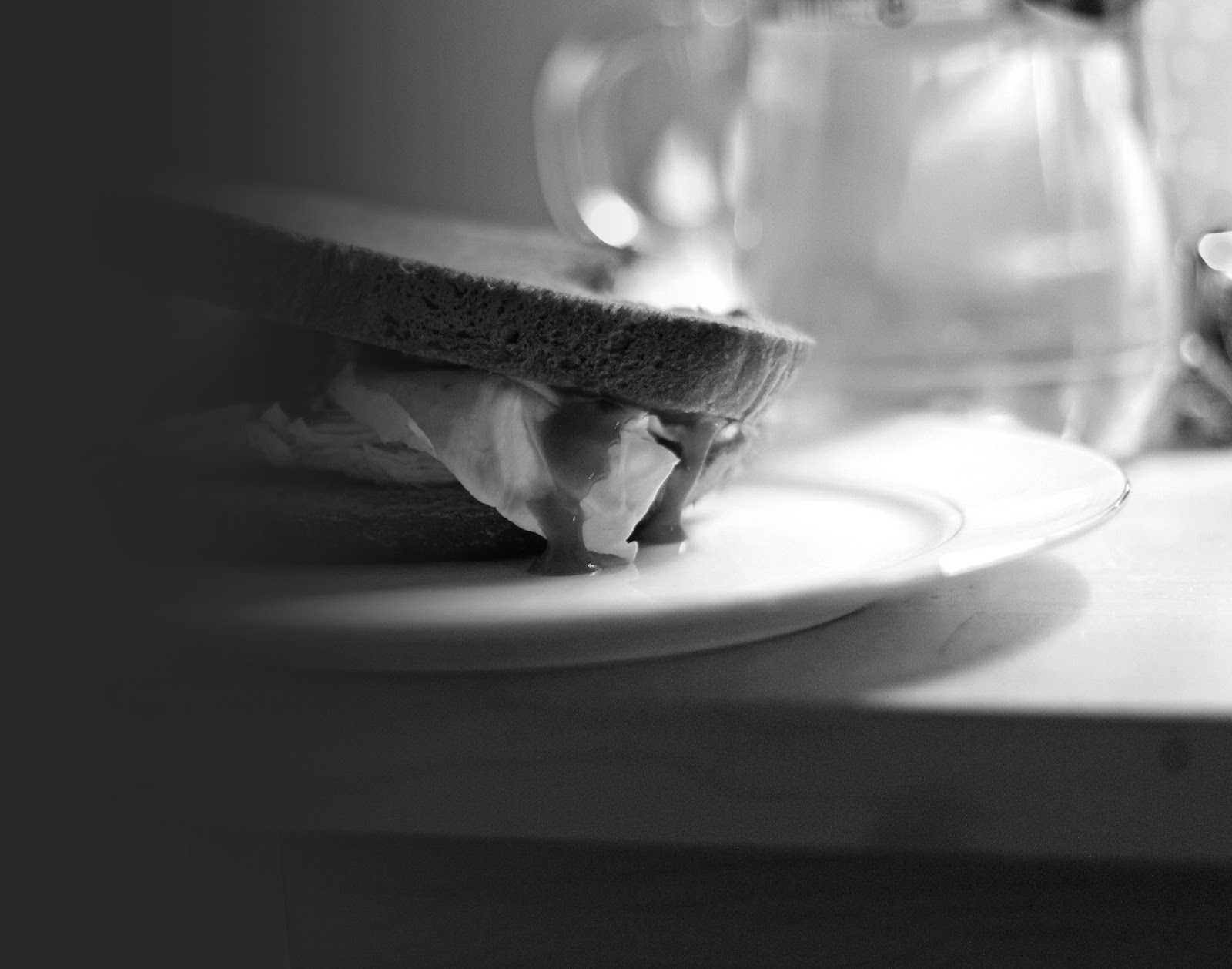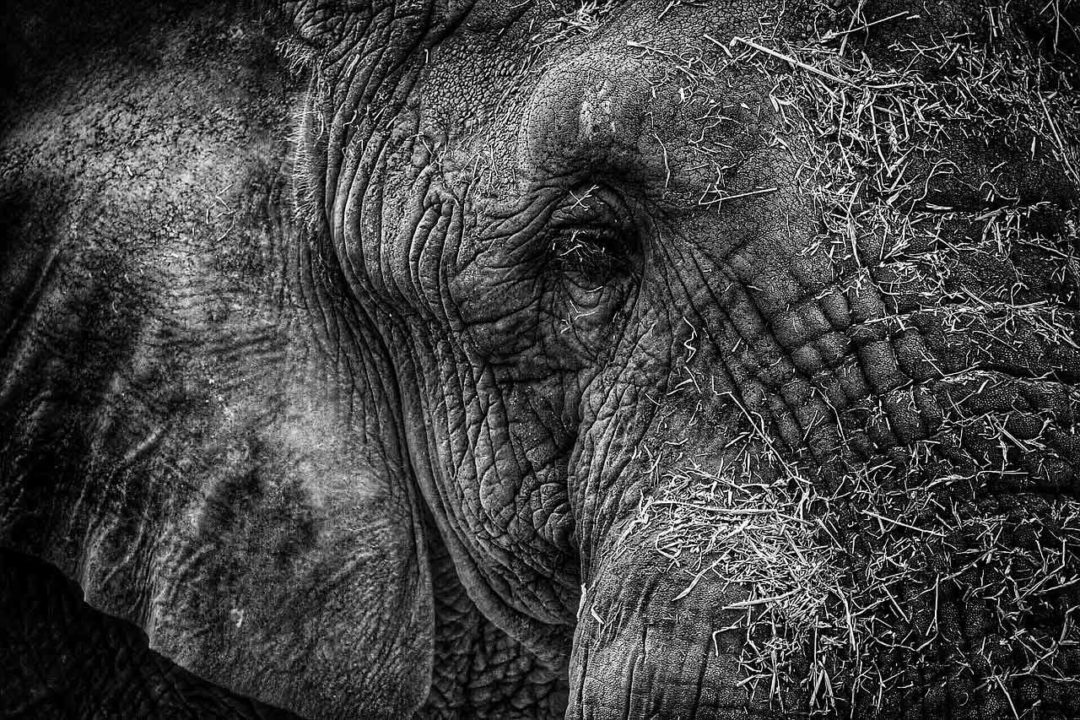Photographing in black in white is one of the best ways to create timeless, classy, artistic, and interesting photos. But it's not as simple as taking a photo in color and converting it to monochrome! Follow the tips below to ensure the best results possible.
Photograph in RAW - Not everyone owns a camera with the ability to shoot in RAW. And a lot of people who have the ability don't know how to do it. But shooing in RAW gives you more control when you're editing the photo later. You can still shoot great photographs in JPEG, but if you have the ability you should definitely try RAW.
Photograph in Color - If you don't have the ability to shoot in RAW, or just don't want to, at least shoot in color. Although it may sound counterproductive to shoot in color when you want black and white photos, that isn't the case. Having color in your photo gives your software more information to work with when you're editing it later. Most digital cameras have a "black and white" mode, but it doesn't give the best results.
It's All About Contrast - When you look at a photograph, you usually see the contrast and color. If you remove color from the equation, your eye notices contrast even more. You must use the different shades of gray, and how they contrast with each other, to get the best looking black and white photos. You can use software like Photoshop to adjust the levels and curves to change the contrast.
Timing is Everything - Choosing when to photograph is always important, whether you want to shoot in color or black and white. Most photographers complain about dark and cloudy days because of the lighting, but that's the perfect time to take some black and white photos. The low contrast actually makes your outdoor photos more interesting. So next time the weather seems bad, remember it's the perfect time for black and white photography!
Lowest ISO - Photograph with the lowest ISO you can. You probably already do this when you're taking color shots, but it's even more vital when you're talking about black and white. The noise caused by ISO can be even more noticeable when in black and white. Even if your ultimate goal is for a "grainy look", you can add that later using Photoshop.
Practice Makes Perfect! - The best way to master anything is to practice as much as possible. Eventually you'll start to see the world with monochrome eyes. You will notice the textures, shapes, and composition that lead to great black and white photos!












Tidak ada komentar:
Posting Komentar